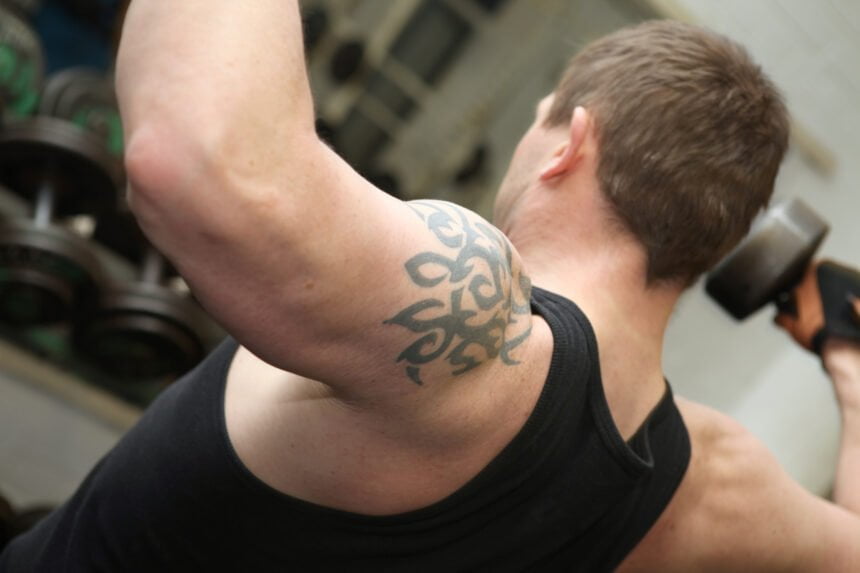The factors that influence an individual’s height and muscle growth are complex and multifaceted. From genetics to lifestyle choices, multiple elements play crucial roles in determining physical development. Understanding these factors is essential for anyone aiming to reach their full growth potential or for those curious about the biological and environmental influences on body structure.
This article delves into some of the primary factors that affect growth, including genetics, nutrition, exercise, hormonal balances, and sleep, along with a discussion on the implications of emerging research on growth supplements like MK 677.
1. Genetics and Height
Genetics is the primary determinant of a person’s height. Specific genes dictate growth patterns and final height outcomes. For example, the FGFR3 gene affects bone growth and has variants that can lead to shorter statures if mutated. Besides individual genes, genetic interactions also play a significant role. Although predicting height based on genetics alone is complex, studies estimate that about 80% of the variation in height among individuals is due to genetic factors. This biological blueprint sets the foundational possibilities for an individual’s growth trajectory. However, it is important to note that genetics are not entirely out of your control. We have an article on some of the ways that genes can be expressed better.
2. Hormonal Influences
Hormones significantly affect growth and muscle development, with growth hormone, testosterone, and estrogen being among the most influential. Testosterone, which increases significantly during puberty in males, supports muscle growth and bone mass accumulation. Estrogen, important for both sexes but more so in females during puberty, helps in regulating the growth plate closure, thus finalizing height. Growth hormone, produced by the pituitary gland, directly stimulates the growth of bones and muscles, and this is where SARMs like MK 677 come in and may improve growth hormone levels in the body.
But does MK 677 make you taller?
MK 677, also known as Ibutamoren, is a selective androgen receptor modulator (SARM) notable for its ability to enhance growth hormone levels. It mimics the hormone ghrelin and binds to a specific brain receptor, stimulating the pituitary gland to release growth hormone. This action has shown potential benefits in clinical trials, such as increased muscle mass, fat reduction, improved bone density, and better sleep quality. These properties make MK 677 a promising candidate for aiding individuals looking to enhance their physical stature and muscle health.
Although promising for boosting growth and repair, its effectiveness and safety are still under investigation through extensive clinical trials. The use of MK 677 could significantly impact various bodily functions, but more research is needed to confirm these benefits.
Benefits and Risks of MK 677
The primary benefits of MK 677 include increases in lean body mass, the potential for heightened bone density, and improvements in sleep quality, all of which are beneficial for growth and overall health. Additionally, its ability to enhance muscle recovery and overall metabolism makes it attractive for athletes and those in physical rehabilitation. However, as with any supplement, there are risks associated with its use. These include potential increases in appetite, muscle pain, and possible resistance to insulin. These risks highlight the need for further comprehensive studies to fully understand the safety profile of MK 677.
3. Nutrition’s Impact on Growth
Nutrition plays a critical role in supporting healthy growth and development. Essential nutrients that influence bone development and growth include calcium, vitamin D, and protein. Calcium and vitamin D are vital for bone density and overall skeletal strength, which are crucial during the growth spurts typically seen in adolescence. Protein supports general cell growth and repair, directly impacting muscle development. Inadequate nutrition during critical growth periods can lead to stunted growth and other health complications, emphasizing the importance of a balanced diet throughout development.
4. Role of Exercise
Exercise is another pivotal factor in determining muscle mass and overall physical health. Activities like strength training and aerobic exercises not only help in building and maintaining muscle tissue but also stimulate the release of growth hormones that are vital for growth. Regular exercise improves bone density, which can help in achieving a taller stature, especially during the teenage years when the growth plates are still active. Furthermore, exercise has been shown to boost metabolism, which can indirectly support the processes involved in growth and development.
5. Sleep and Growth
Sleep is a critical but often overlooked component of growth. During deep sleep, the body releases growth hormone naturally, which is why adequate sleep is essential for proper physical development. Studies have shown that poor sleep can severely inhibit growth hormone production, which in turn can stunt growth and hinder muscle development. Moreover, good sleep supports overall health, which is crucial for the body’s growth and repair processes. Ensuring sufficient and quality sleep is a simple yet effective way to support growth hormone levels and promote healthy development.
6. Environmental Factors
Environmental factors encompass a wide range of external conditions that can influence height and muscle growth. Socioeconomic status, for example, can affect access to nutritious food and health services, which in turn impacts growth. Areas with high pollution levels can expose individuals to toxins that may disrupt endocrine functions, including hormone production that is critical for growth. Furthermore, lifestyle choices such as smoking or excessive alcohol intake during adolescence can negatively affect growth. Therefore, the environment in which a person grows up plays a non-negligible role in their physical development.
7. Age and Growth
The potential for growth in height and muscle mass changes significantly with age. In the early years, rapid growth is common, peaking during puberty when growth hormones and sex steroids surge, maximizing growth potential. As individuals approach their mid-20s, the growth plates in the bones close, solidifying one’s adult height. Muscle growth, however, can continue to be influenced through exercise well into late adulthood, although the rate of muscle protein synthesis decreases with age. Understanding the timing of these phases is crucial for optimizing growth through appropriate interventions.
Conclusion
Understanding the diverse factors that influence height and muscle growth is essential for anyone looking to optimize their physical development. Genetics lays the groundwork, but nutrition, exercise, hormones, and sleep play significant roles in how much of that genetic potential is realized. Environmental conditions and age also dictate the pace and extent of growth. Emerging supplements like MK 677 show promise in supporting these natural processes, particularly in stimulating growth hormone production, which has significant implications for physical development. However, the enthusiasm for such advancements must be tempered with cautious optimism, as further research is needed to fully ascertain their efficacy and safety. Embracing a holistic approach that combines a balanced diet, regular exercise, adequate sleep, and a healthy living environment remains the best strategy for achieving optimal growth and health.










